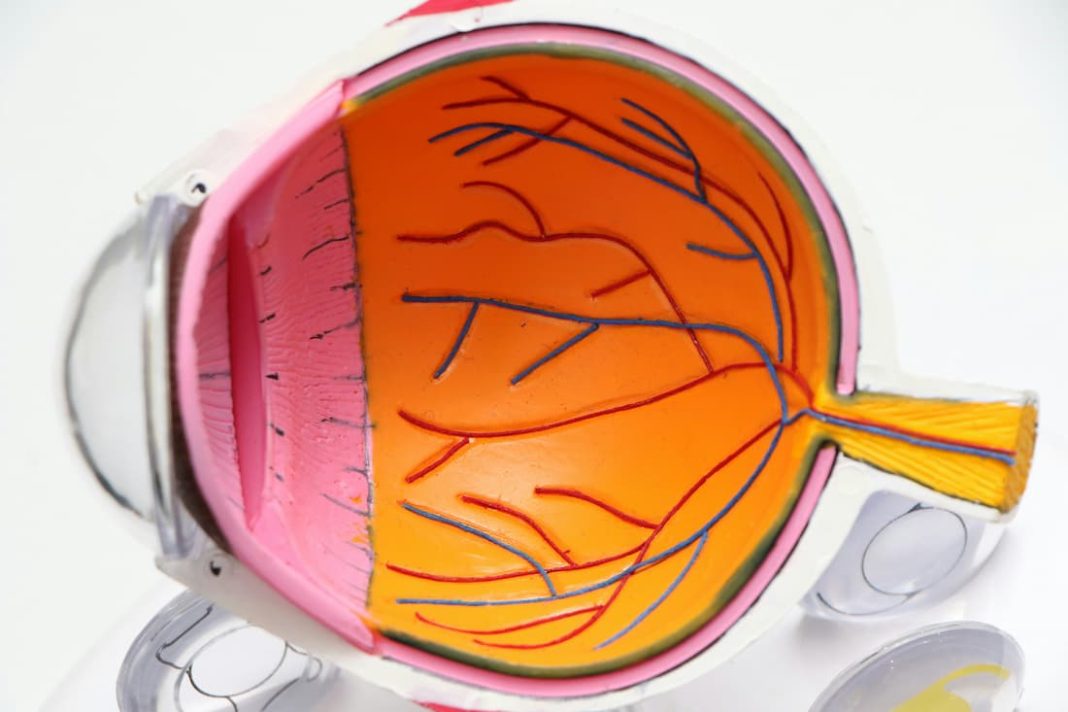Major health concerns continue to be a burden for many Australians. According to Australia’s Health 2024 report, cases of chronic diseases such as cancer and dementia have increased nationwide. The same report stated that approximately six in 10 Australians are expected to incur a long-term disease.
Included in these conditions is glaucoma, a group of ocular diseases that can damage the optic nerve — and the leading cause of irreversible vision loss worldwide, affecting about 80 million people. In Australia, concerns about the prevalence of glaucoma continue to grow. But is the country doing enough to combat it? Below, we look at an overview of glaucoma cases in the country and what is being done to address them.
Glaucoma statistics in Australia
Data from Glaucoma Australia shows that around 300,000 Australians are affected by glaucoma. By the age of 40, about one in 200 Australians will be diagnosed with the disease. Despite these numbers, around 50% are undiagnosed and at risk of losing their vision. Research published in Nature mentioned challenges that hamper the early detection and diagnosis of glaucoma, such as the need for complex diagnostic tests that are not always available and the unpredictable nature of the disease itself – which rarely shows any visual symptoms in the early and middle stages.
The same study has shown the potential of leveraging artificial intelligence (AI) to carry out a more consistent diagnosis of glaucoma in Australia. Although advanced imaging technologies such as automated visual field testing and optical coherence tomography are already being used for eye care, integrating AI algorithms can boost diagnostic accuracy and enhance the early treatment of glaucoma in the country, providing a solution to the high prevalence of both detected and undetected cases of glaucoma.
But aside from harnessing the promising potential of AI for glaucoma diagnosis, several initiatives are already being carried out to combat and manage the disease. Here’s what you need to know:
Combatting glaucoma
Vision loss caused by glaucoma is irreparable, but there are still ways to prevent it from worsening. For eye experts, glaucoma awareness remains a crucial element in combatting the condition. Dr Noor Ali, a glaucoma specialist based in Canberra, highlights the importance of early detection and increased awareness for more effective intervention, especially with advanced testing methods for detection already in place. Early detection and intervention allow for better management strategies, potentially helping hundreds of thousands of Australians avoid complete vision loss.
Experts also recommend using protective eyewear when diagnosed with glaucoma, especially since the disease can make the eyes sensitive to light or glare. Wearing sunglasses can help protect the eyes from UV rays and manage glaucoma symptoms like light sensitivity. Patients should opt for a retailer that offers lens polarisation for sunglasses to reduce glare and enhance visual comfort. These retailers can also help you book eye tests to track vision health and possible signs of glaucoma.
Non-profit groups like Glaucoma Australia play a crucial role in the public awareness of glaucoma. For instance, the Don’t Be Blindsided by Glaucoma campaign highlights the risk factors associated with the disease, such as family history and ageing, and urges those at risk to check their eyes every two years. On the other hand, the 7 Sights Challenge fundraising initiative aims to raise money for glaucoma research. The challenge involves taking seven outdoor photos to remind participants of the value of eyesight, with registration fees being donated to fund glaucoma research, early detection initiatives, and other support services.
Glaucoma is a severe ocular disease that affects many Australians. With its increasing prevalence, awareness campaigns and accessible coverage of eye tests may not be enough. Instead, integrating AI technologies into existing eye care treatments can significantly boost treatment and address the disease before it progresses into total vision loss.



